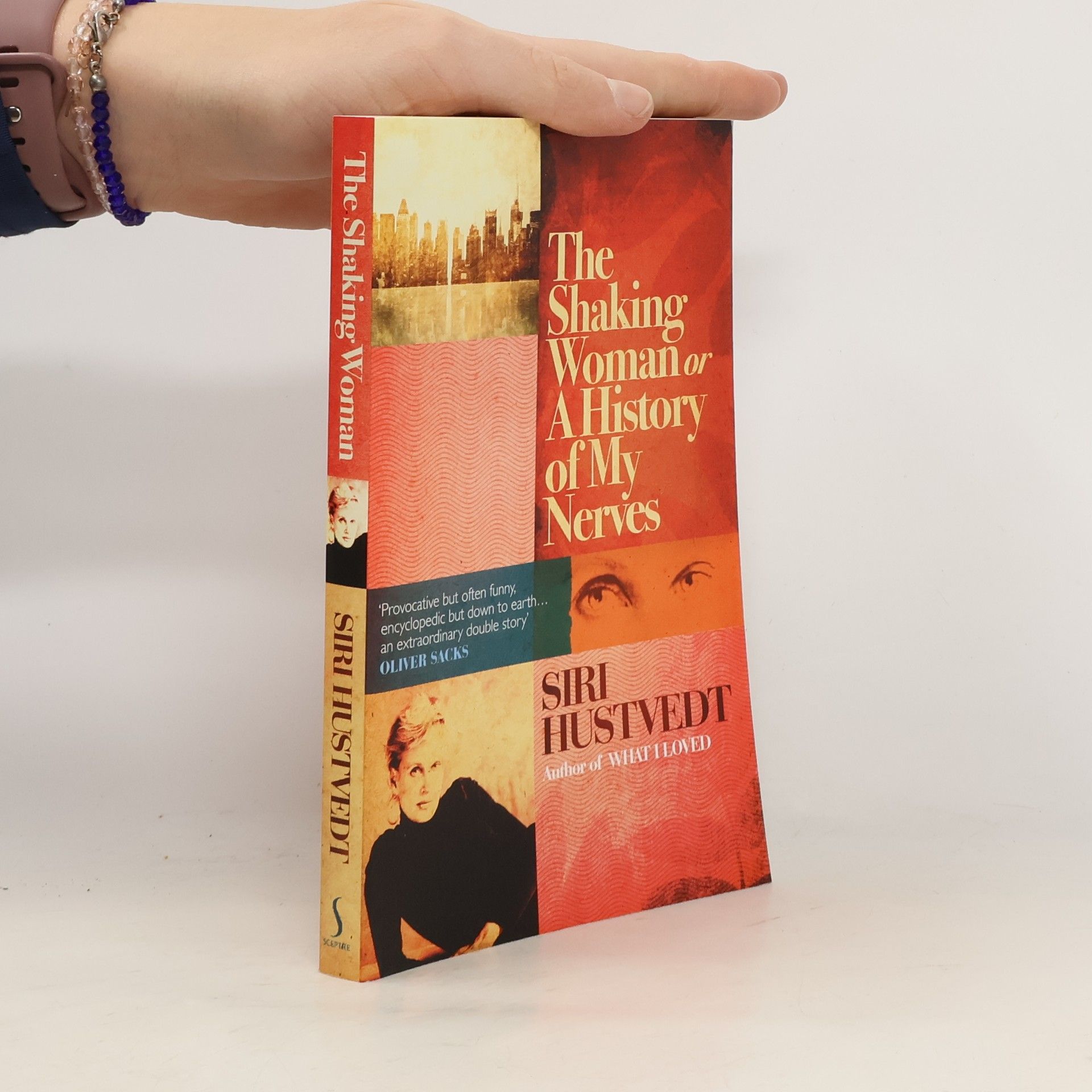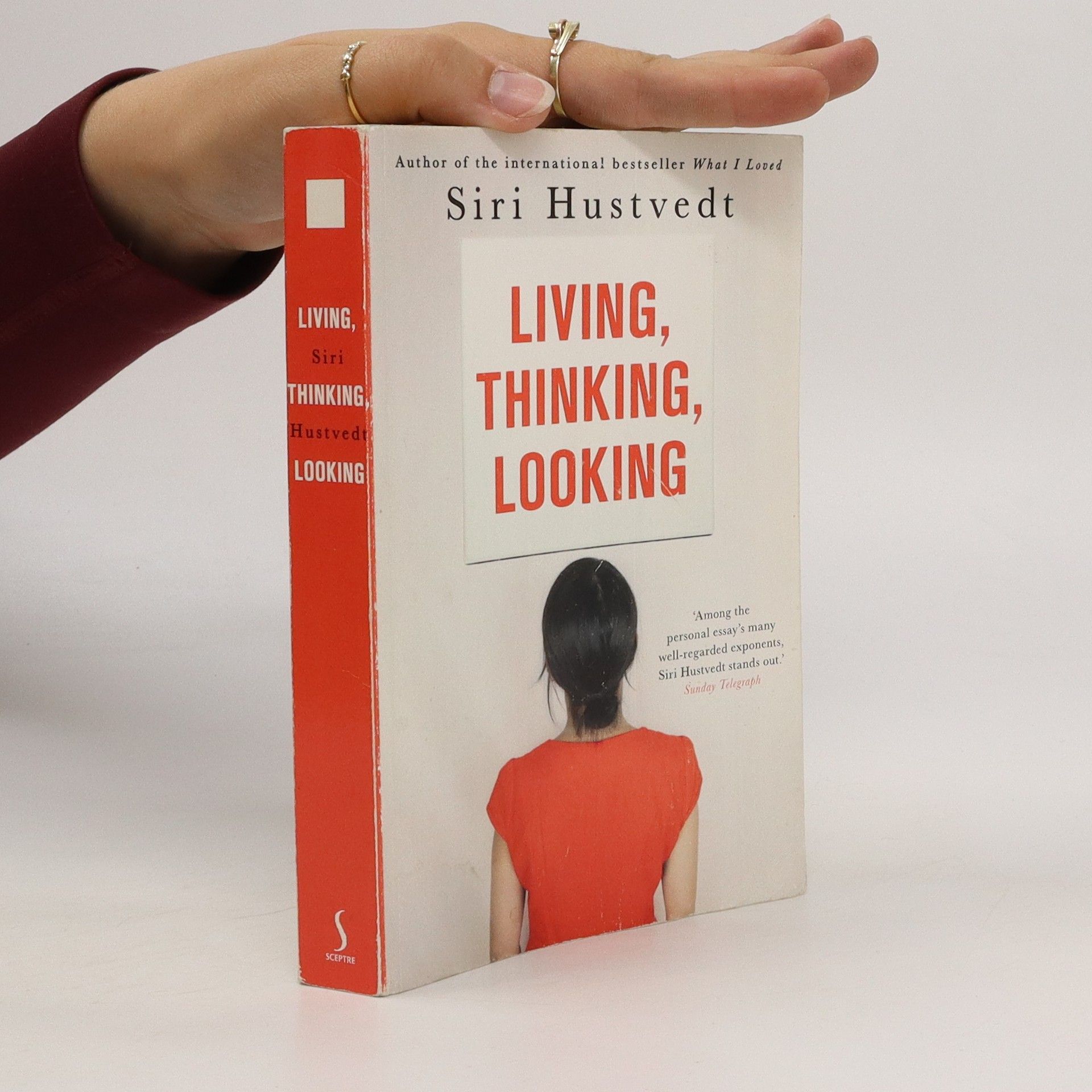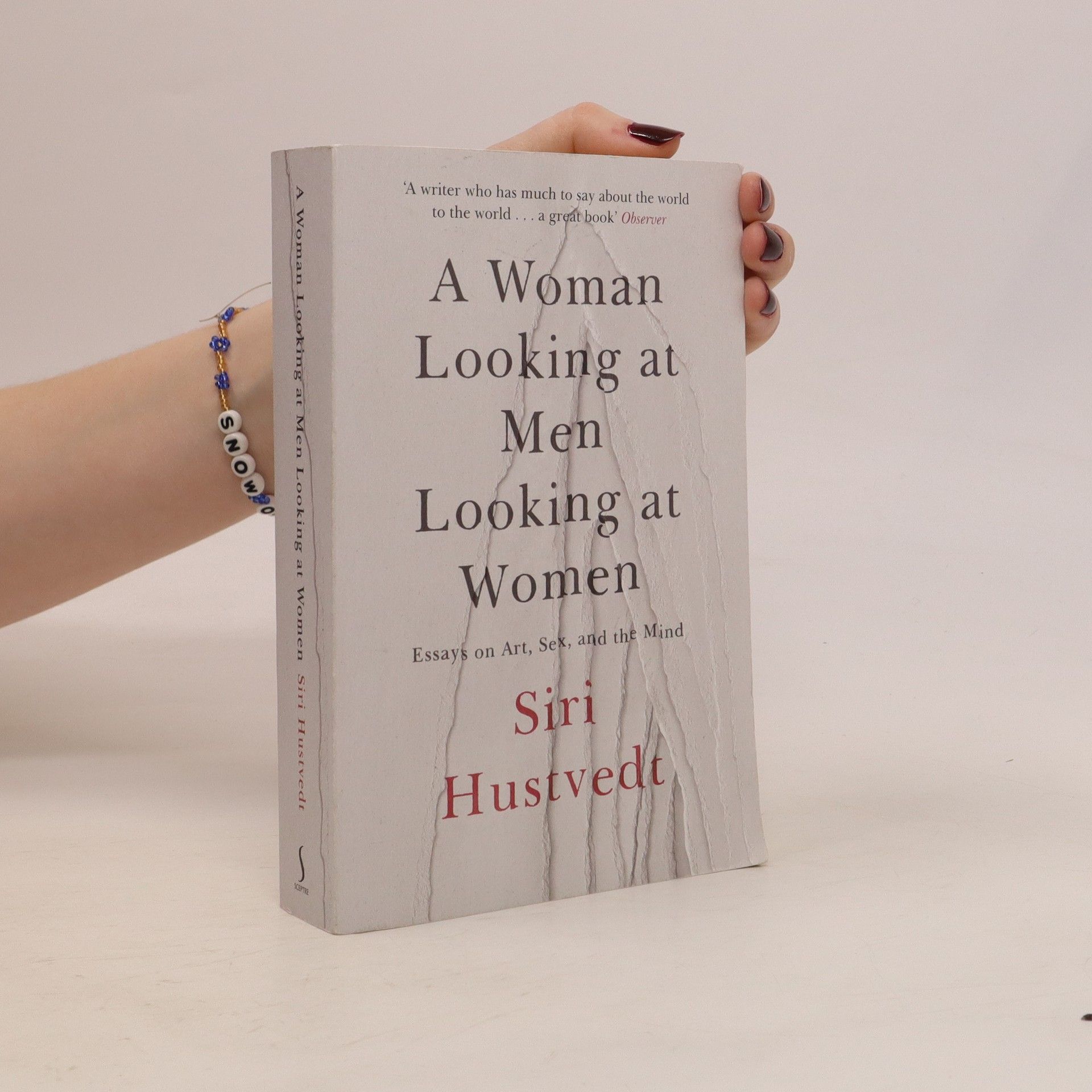Provokativní, vtipný a neotřelý román o ženách a dívkách, lásce a manželství a otázce staré jako lidstvo samo: v čem jsou muži a ženy stejní a v čem se diametrálně liší? Zčistajasna vám manžel po třiceti letech oznámí, že si dává pauzu. Ta pauza je o třicet let mladší Francouzka s bujným poprsím. Vaše reakce: a) usoudíte, že je to jen bezvýznamný románek, a přistoupíte na jeho hru; b) nasupeně prohlásíte manželství za ukončené; c) zhroutíte se; d) odklidíte se do bezpečného útočiště a dáte se dohromady? Mia Fredericksenová se nejprve zhroutí a potom na léto přesídlí do prérijního městečka svého dětství, aby mohla zuřit, vztekat se a truchlit nad svým ubohým životem opuštěné manželky. Pomaloučku je ale vtahována do životů, které ji obklopují: její matky ve společnosti čilých vdov; mladé sousedky se dvěma malými dětmi a hlučným, výbušným manželem; a ďábelských puberťaček v kurzu poezie, který ve městě vede. Na konci léta bez mužů už moudřejší, ale nikoli smutnější Mia ví, za co chce bojovat. Provokativní, břitký a sofistikovaný román Léto bez mužů je úžasně vitální tragikomedií o ženách a dívkách, lásce a manželství a odvěkém konkurenčním boji mezi oběma pohlavími — román příhodný pro naši dobu od jedné z nejuznávanějších amerických spisovatelek.
Siri Hustvedt Knihy
Hustvedtová prozkoumává složitá témata identity a posedlosti, často prostřednictvím optiky voyeurismu a spojení mezi živými a mrtvými. Její prozaické dílo, které často zahrnuje umění a malbu, se vyznačuje hlubokým vhledem do psychologie postav a zkoumáním lidských vztahů. Hustvedtová také píše eseje a poezii, čímž rozšiřuje svůj literární záběr. Její styl je pronikavý a evokativní, čtenáře vtahuje do promyšlených a emotivních narativů.







What I Loved
- 384 stránek
- 14 hodin čtení
From the author of "The Enchantment of Lily Dahl" comes a powerful and heartbreaking novel that chronicles the epic story of two families, two sons, and two marriages.
Internationally acclaimed as a novelist, Siri Hustvedt is also highly regarded as a writer of non-fiction whose insights are drawn from her broad knowledge in the arts, humanities and sciences. In this trilogy of works collected in a single volume, Hustvedt brings a feminist, interdisciplinary perspective to a range of subjects. Louise Bourgeois, Pablo Picasso, Susan Sontag and Knut Ove Knausgaard are among those who come under her scrutiny. In the book's central essay, she explores the intractable mind-body problem and in the third section, reflects on the mysteries of hysteria, synesthesia, memory, perception and the philosophy of Kierkegaard. With clarity, wit, and passion, she exposes gender bias, upends received ideas and challenges her reader to think again.
From the internationally bestselling author of What I Loved and The Summer Without Men, a dazzling collection of essays written with Siri Hustvedt's customary intelligence, wit and ability to convey complex ideas in a clear and lively way. Divided into three sections - Living, which draws on Siri's own life; Thinking, on memory, emotion and the imagination; and Looking, on art and artists - the essays range across the humanities and science as Siri explores how we see, remember, feel and interact with others, what it means to sleep, dream and speak, and what we mean by 'self'. The combination offers a profound and fascinating insight into ourselves as thinking, feeling beings.
Feminist philosophy meets family memoir in a fresh essay collection by the award-winning essayist and novelist Siri Hustvedt, author of the bestselling What I Loved and Booker Prize-longlisted The Blazing World.
"While speaking at a memorial event for her father, the novelist Siri Hustvedt suffered a violent seizure from the neck down. Was it triggered by nerves, emotion - or something else entirely?"--Back cover
Iris Vegan, a graduate student living alone and impoverished in New York, encounters four strong characters who fascinate and in different ways subordinate her: an inscrutable urban recluse who employs her to record the possessions of a murdered woman; a photographer whose eerie portrait of Iris takes on a life of its own; an old woman in hospital who tries to claim a remnant of the ailing Iris; and a professor she has an affair with. An exploration of female identity in an age when the old definitions - as some man's daughter/wife/mother - no longer apply, fuelled with eroticism and a sense of menace.
The Blazing World
- 384 stránek
- 14 hodin čtení
Includes study guide and interview with the author.
Memories of the Future
- 352 stránek
- 13 hodin čtení
A provocative, wildly funny and engrossing novel by the internationally acclaimed author of WHAT I LOVED, illustrated with her own drawings.
The Shaking Woman Or a History of My Nerves
- 224 stránek
- 8 hodin čtení
While speaking at a memorial event for her father, Siri Hustvedt suffered a violent seizure from the neck down. She managed to finish her talk and the paroxysms stopped, but not for good. Again and again she found herself a victim of the shudders. What had happened? Chronicling her search for the shaking woman, Hustvedt takes the reader on a journey into contemporary psychiatry, neurology and psychoanalysis. She unearths stories and theories from the annals of medical history, literature and philosophy, and delves into her own past. In the process, she raises fundamental questions: what is the relationship between mind and body? How do we remember? What is the self? In a seamless synthesis of personal experience and extensive research, Hustvedt conveys the often frightening mysteries of illness and the complexities of diagnosis. As engaging as it is thought-provoking, The Shaking Woman brilliantly illuminates the age-old dilemma of the mental and the physical, and what it means to be human.



